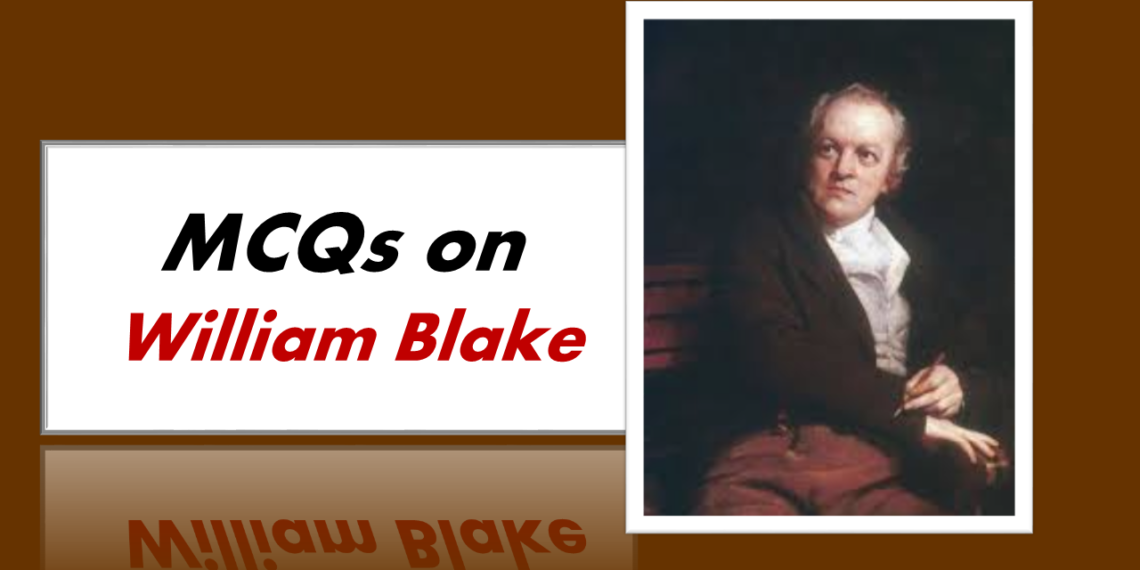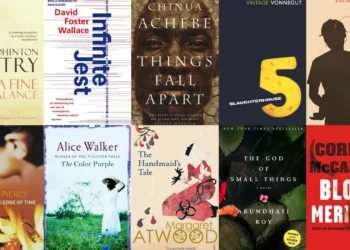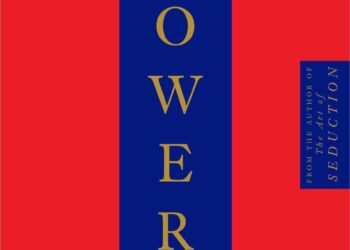MCQs on William Blake
1. In which century did William Blake live?
a) 16th
b) 17th
c) 18th
d) 19th
2. What is William Blake best known for?
a) Playwright
b) Novelist
c) Poet and artist
d) Scientist
3. Blake’s collection of illuminated poems and prose, including “Songs of Innocence” and “Songs of Experience,” is titled:
a) The Divine Comedy
b) The Canterbury Tales
c) Songs of Eternity
d) Songs of Innocence and Experience
4. Which of the following is not a work by William Blake?
a) The Marriage of Heaven and Hell
b) Songs of Solomon
c) The Tyger
d) The Rime of the Ancient Mariner
5. Blake’s famous poem “The Tyger” is from the collection:
a) Songs of Innocence
b) Songs of Experience
c) Songs of Innocence and Experience
d) The Marriage of Heaven and Hell
6. Blake’s engravings and illustrations often accompanied his own poems. What term is commonly used to describe these combined works?
a) Illuminated manuscripts
b) Artistic sonnets
c) Pictorial epics
d) Calligraphic sonatas
7. William Blake was known for his criticism of:
a) Science
b) Religion
c) PoliticsMCQs on William Blake
d) All of the above
8. What did William Blake refer to as “the divine arts of imagination”?
a) Poetry and painting
b) Sculpture and architecture
c) Music and dance
d) Theater and literature
9. Blake’s poetic work that describes a journey through the realms of Hell, Heaven, and Earth is:
a) The Divine Comedy
b) Paradise Lost
c) The Marriage of Heaven and HellMCQs on William Blake
d) The Waste Land
10. Which of the following is a recurring motif in Blake’s poetry?
a) The Rose
b) The Swan
c) The Oak
d) The Lily
11. Blake’s philosophical and prophetic work that explores the nature of good and evil is:
a) The Marriage of Heaven and Hell
b) Songs of Innocence
c) The Book of Thel
d) The Four Zoas
12. Blake was associated with the artistic and literary movement known as:
a) Romanticism
b) Realism
c) Modernism
d) Victorianism
13. What is the title of Blake’s collection that includes poems such as “London” and “The Chimney Sweeper”?
a) Songs of Innocence
b) Songs of Experience
c) The Marriage of Heaven and Hell
d) The Book of Urizen
14. Blake’s illuminated book that tells the story of a young chimney sweep is:
a) The Tyger
b) The Chimney Sweeper
c) The Lamb
d) The Divine Image
15. What visionary work by Blake explores the themes of creation and the fall of man?
a) The Book of Urizen
b) The Book of ThelMCQs on William Blake
c) The Four Zoas
d) Milton: A Poem
16. Blake’s famous line “Tyger Tyger, burning bright” is from which poem?
a) The Lamb
b) The Tyger
c) LondonMCQs on William Blake
d) The Chimney Sweeper
17. Which of the following artistic mediums was NOT pursued by William Blake?
a) Painting
b) Engraving
c) Sculpture
d) Music
18. In “Songs of Innocence,” what poem contrasts the pastoral and the industrial aspects of London?
a) The Lamb
b) The Chimney Sweeper
c) London
d) The Divine Image
19. What was the name of William Blake’s wife, who played a significant role in his artistic endeavors?
a) Mary Shelley
b) Catherine Blake
c) Anne Hathaway
d) Fanny Brawne
20. Which of the following works by Blake is an epic poem that explores the themes of oppression and liberation?
a) The Tyger
b) The Divine Comedy
c) Jerusalem: The Emanation of the Giant Albion
d) The Prelude
21. What literary device does Blake often use in his poems, where the same word is repeated at the beginning and end of a line?
a) Alliteration
b) Rhyme
c) Anaphora
d) Assonance
22. Blake’s poem “The Little Black Boy” addresses issues related to:
a) Slavery and racism
b) Industrialization
c) Environmental degradation
d) Class struggle
23. Which of Blake’s works presents a symbolic and allegorical vision of the creation of the universe?
a) The Tyger
b) The Book of Urizen
c) The Divine Image
d) The Lamb
24. Blake’s poem “Auguries of Innocence” explores the idea that:
a) Innocence is a temporary state
b) Good and evil are intertwined
c) Nature is indifferent to humanity
d) Love conquers all
25. Blake’s poem “London” is a critique of:
a) Rural life
b) Urban life
c) Monarchy
d) Religion
Also Read-
26. What is the main theme of Blake’s poem “The Garden of Love”?
a) Nature’s beauty
b) Political revolution
c) Innocence corrupted
d) Romantic love
27. Blake’s poem “The Lamb” is often interpreted as a representation of:
a) Innocence
b) ExperienceMCQs on William Blake
c) Fear
d) RevolutionMCQs on William Blake
28. What prophetic book by Blake explores the themes of oppression and the struggle for liberty?
a) The Marriage of Heaven and HellMCQs on William Blake
b) America: A ProphecyMCQs on William Blake
c) The Book of Thel
d) Songs of Innocence
29. In “Songs of Innocence,” what is the overarching theme of the poems?
a) Innocence as a fleeting state
b) The corrupting influence of experience
c) Nature’s destructive powerMCQs on William Blake
d) The inevitability of death
30. Blake’s poem “The Divine Image” presents virtues such as mercy, pity, peace, and love as attributes of:
a) InnocenceMCQs on William Blake
b) Experience
c) Angels
d) Demons
31. What is the central theme of Blake’s poem “The Clod and the Pebble”?
a) Love as selfless devotion
b) The destructive nature of jealousy
c) The contrast between innocence and experience
d) The inevitability of suffering
32. Blake’s poetic work “The Book of Urizen” features the character Urizen, who represents:
a) Innoc
ence
b) Experience
c) Nature
d) Love
33. What is the title of Blake’s work that presents a series of allegorical and symbolic visions in a narrative form?
a) Songs of Innocence
b) The Marriage of Heaven and Hell
c) The Four Zoas
d) The Book of Thel
34. In “Songs of Experience,” what poem criticizes the practice of child labor and exploitation?
a) The Chimney Sweeper
b) The Tyger
c) The Divine Image
d) The Little Black Boy
35. What is the significance of the “Nebuchadnezzar” series in Blake’s works?
a) It is a collection of love poems
b) It explores the theme of political revolution
c) It represents a biblical narrative
d) It depicts Blake’s personal struggles with mental health
36. Blake’s poem “The Sick Rose” is often interpreted as an exploration of:
a) Romantic love
b) Nature’s beauty
c) The destructive power of disease
d) Political revolution
37. Blake’s work “Visions of the Daughters of Albion” addresses issues related to:
a) Slavery
b) Gender and sexuality
c) Industrialization
d) Religious hypocrisy
38. What is the central theme of Blake’s poem “The Chimney Sweeper” from “Songs of Experience”?
a) The corrupting influence of society
b) The innocence of childhood
c) The destructive power of nature
d) The inevitability of death
39. Blake’s poem “A Poison Tree” explores the consequences of:
a) Hatred and anger
b) Love and forgiveness
c) Jealousy and envy
d) Betrayal and revengeMCQs on William Blake
40. Which of the following artistic techniques did William Blake use in his engravings and illustrations?
a) Watercolor
b) Collage
c) Impasto
d) Pointillism
41. Blake’s work “Jerusalem: The Emanation of the Giant Albion” is considered a:
a) Novella
b) Play
c) Prophetic book
d) Sonnet sequence
42. What is the significance of the figure “Los” in Blake’s mythology?
a) God of innocence
b) Creator and artist
c) Devil figure
d) Symbol of death
43. Blake’s poem “The Human Abstract” explores the concept of:
a) Innocence
b) Experience
c) Imagination
d) Sexuality
44. In “The Marriage of Heaven and Hell,” Blake expresses his opposition to:
a) Marriage
b) Religion
c) Nature
d) Imagination
45. What is the significance of the “Lambeth Books” in relation to William Blake’s works?
a) They are a series of love poems
b) They contain Blake’s satirical writings
c) They are illuminated manuscripts created by Blake
d) They explore Blake’s views on politics and society
46. Blake’s poem “The Garden of Love” is a critique of:
a) Romantic love
b) Religious institutions
c) Industrialization
d) Political corruption
47. Blake’s poetic work “Milton: A Poem” is a:
a) Romantic novel
b) Epic poem
c) Satirical play
d) Gothic tale
48. In “Songs of Experience,” what poem criticizes the oppression and tyranny associated with the Church?
a) The Lamb
b) The Chimney Sweeper
c) The Tyger
d) The Divine Image
49. Blake’s concept of the “contraries” refers to:
a) The duality of good and evil
b) The harmony of nature
c) The inevitability of death
d) The cyclical nature of life
50. What is the central theme of Blake’s poem “London”?
a) The beauty of the city
b) The corruption of urban life
c) The joy of human connection
d) The power of industrialization
Answer
1. c) 18th
2. c) Poet and artist
3. d) Songs of Innocence and Experience
4. d) The Rime of the Ancient Mariner
5. b) Songs of Experience
6. a) Illuminated manuscripts
7. d) All of the above
8. a) Poetry and painting
9. c) The Marriage of Heaven and Hell
10. a) The Rose
11. a) The Marriage of Heaven and Hell
12. a) Romanticism
13. c) The Marriage of Heaven and Hell
14. b) The Chimney Sweeper
15. c) The Four Zoas
16. b) The Tyger
17. d) Music
18. c) London
19. b) Catherine Blake
20. c) Jerusalem: The Emanation of the Giant AlbionMCQs on William Blake
21. c) Anaphora
22. a) Slavery and racismMCQs on William Blake
23. b) The Book of Urizen
24. b) Good and evil are intertwined
25. b) Urban life
26. c) Innocence corrupted
27. a) Innocence
28. b) America: A Prophecy
29. a) Innocence as a fleeting state
30. a) Innocence
31. c) The contrast between innocence and experience
32. a) Songs of Innocence
33. c) The Four Zoas
34. a) The Chimney Sweeper
35. d) It depicts Blake’s personal struggles with mental health
36. c) The destructive power of disease
37. b) Gender and sexuality
38. a) The corrupting influence of society
39. c) Jealousy and envy
40. a) Watercolor
41. c) Prophetic book
42. b) Creator and artist
43. b) Experience
44. b) Religion
45. c) They are illuminated manuscripts created by Blake
46. b) Religious institutions
47. b) Epic poem
48. c) The Tyger
49. a) The duality of good and evil
50. b) The corruption of urban life



